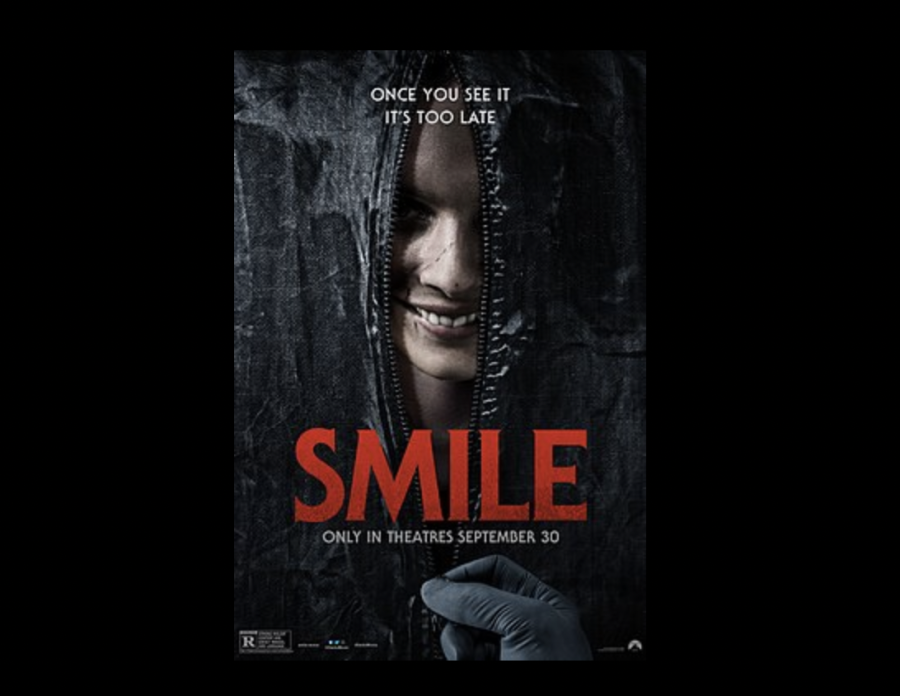Attendees of MLB games were recently joined by people carrying strange smiles on their faces for the entirety of the game. What was the purpose? Marketing.
The new horror movie, “SMILE”, directed by Parker Finn, was released on September 30, 2022. Prior to the release of the film, American writer Erik Davis had his interest sparked the movie’s bid of pulling more attention, “Here’s some fun, clever movie promo – Paramount seemingly placed #Smile actors in the crowd at both the Yankees and Mets games last night, both in view of cameras. The results were indeed creepy.” Paramount Pictures placed actors in MLB games with smiles on their faces for the entirety of the games. What some may have thought to be creepy was a creative form of marketing done by the company.
The plot of “SMILE” involves a doctor experiencing strange occurrences and attempting to escape the terror in her new life. This involves smiles such as the ones of the baseball attendees.
Teens in the current generation have become more selective in what they really want to spend their time and money on seeing in theaters, as opposed to finding out the main ‘details’ of a film through social media. Senior Brooklyn Gowan is an example of this selectiveness, “A good trailer and a good cast. If I’m not interested in either of those things, I probably won’t go see it”.
Trailers of “SMILE” have been releasing for a lengthy period, and the cast is not unknown. With booming social media, streaming services, and less interest in movie theaters and regular cable television, there has been a need for movies to compete on all platforms.
This marketing attempt was successful as what would have startled many also led to the “SMILE” people going viral on all forms of social media. Finn was pleasantly surprised by the outcome of the marketing done by Paramount and the innovative ways they have been working to keep up with changing media.
The question at hand is why Paramount Pictures and Finn are turning to bizarre advertising and whether this really has been more successful than simple movie teasers. It is obvious that, with so much attention around “SMILE”, whether or not people are interested in it, they will be waiting to see the movie in theaters. Why was this so successful?
With marketing around the world changing as a result of major social media platforms, what draws people’s attention has also changed. When people see something that stands out or seems strange, it piques interest and causes people to start a conversation around it, which, in this case, was the movie. People have now filled Google, Instagram, Twitter, Tik Tok, and more with photos, videos, and comments about the SMILE people and buzz around the movie.
Whether or not this has been a long-term success, with large numbers of people deciding to see the movie, or just being a momentary spotlight on SMILE is unsure. Senior Nessa Gorham saw the SMILE baseball marketing, but has not seen the movie since its release, “The ads didn’t tell me anything about the movie at all so I’m not too interested in watching it. It was just really weird and creepy”. Even though the marketing technique has done its job of sparking interest in people, it has not necessarily made a difference in people actually seeing the film or enjoying it.
This all goes to show the creativity behind the movie industry does not just end with filming, but goes beyond the ever-changing industry and relies on the viewers to be deemed a success.









